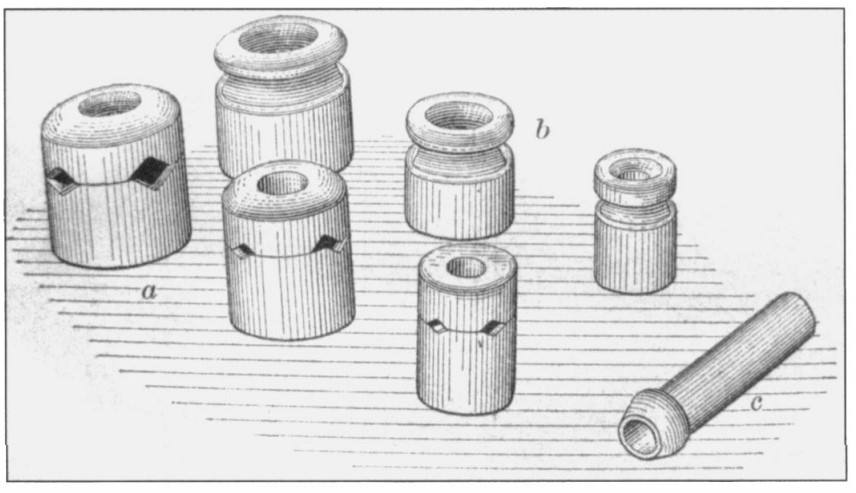Early Wiring- Knob and Tube


Knob and Tube creates a mixed reaction when you discuss electrical systems in homes (dwelling units).
Knob and Tube was the main standard of wiring of homes in the 20’s and 30’s. These wiring systems typically ran to lighting and very few convenience receptacles. These early systems used individual conductor that could be asphalt embedded cloth or rubber.
How many receptacles required changed over the years but quite often you will find 2 receptacles in a room, which was a pretty common requirement.
Here is a link to some of the History of Receptacle placement in homes-
What is a Sufficient Number of Receptacles? A historical review.
Knob-and-tube wire when it was installed properly and not abused was not inherently a problem. These are in open air systems and can dissipate heat very well. Yet in most cases the wiring system was improperly modified and often the circuits where overloaded. There will be many opinions regarding the safety of knob-and-tube wiring and some insurance companies will not insure it.
This photo shows some of the insulation that has separated on some old “Knob-and-Tube”. 
Like most things over time systems will degrade and replacement and upgrade may be warranted. These systems also did not have a grounding conductor which does add another level of safety, is often needed for sensitive electrical equipment and may be required by some appliances.
Here is an great video from the Edison Tech Center on time of Thomas Edison who used porcelain insulators “knob and tube” system.

One last thought, you will hear that you cannot put insulation over “Knob-and-Tube” and that may be true by some jurisdictions but in Washington State you can if you meet the conditions required.
Here is the Washington Administrative Code (WAC) that pertains to this-
Link- WAC 296-46B-394
WAC 296-46B-394- Wiring methods and materials—Concealed knob-and-tube wiring.
001 Knob-and-tube wiring.
Article 394 NEC does not prohibit the installation of loose or rolled thermal insulating material in spaces containing existing knob-and-tube wiring provided that all the following conditions are met:
(1) The wiring must be surveyed by an appropriately licensed electrical contractor who must certify in writing to the department that the wiring is in good condition with no evidence of improper overcurrent protection, conductor insulation failure or deterioration, and with no improper connections or splices. The electrical inspector must inspect all repairs, alterations, or extensions to the electrical system.
(2) The insulation must meet Class I specifications as identified in the Uniform Building Code, with a flame spread factor of twenty-five or less as tested using ASTM E84-81a. Foam insulation may not be used with knob-and-tube wiring.
(3) All knob-and-tube circuits must have overcurrent protection in compliance with NEC Table 310.15 (B)(16), 60 degree centigrade, Column C. Overcurrent protection must be either circuit breakers or Type S fuses.
Here is a link to- History of Residential Wiring practices in the USA
If you find any errors or have additional information that would expand on any code, building standards or manufacturer requirements please let me know.
NCW Home Inspections, LLC is a Licensed Washington State Home Inspection service located in Wenatchee Washington serving Chelan County, Douglas County, Kittitas County, Okanogan County and Grant County Washington and the cities of Wenatchee, Leavenworth, Cashmere, Oroville, Cle Elum, East Wenatchee, Quincy and many more…
Your Wenatchee and Chelan Professional Real Estate, Home and Structural Pest Inspection Service
Instructor- Fundamentals of Home Inspection- Bellingham Technical College
WA Home Inspector Advisory Licensing Board
www.ncwhomeinspections.com 509-670-9572
You can follow me on Facebook, Twitter, Google+ and on my website Blog.





